The iconic London neighbourhoods where houses are cheaper than they have been for years
The prized townhouses of Belgravia, Mayfair and Knightsbridge have provided the backdrop to many a cultural moment. But that hasn’t prevented their values from dropping by up to 19%, says Yopa.
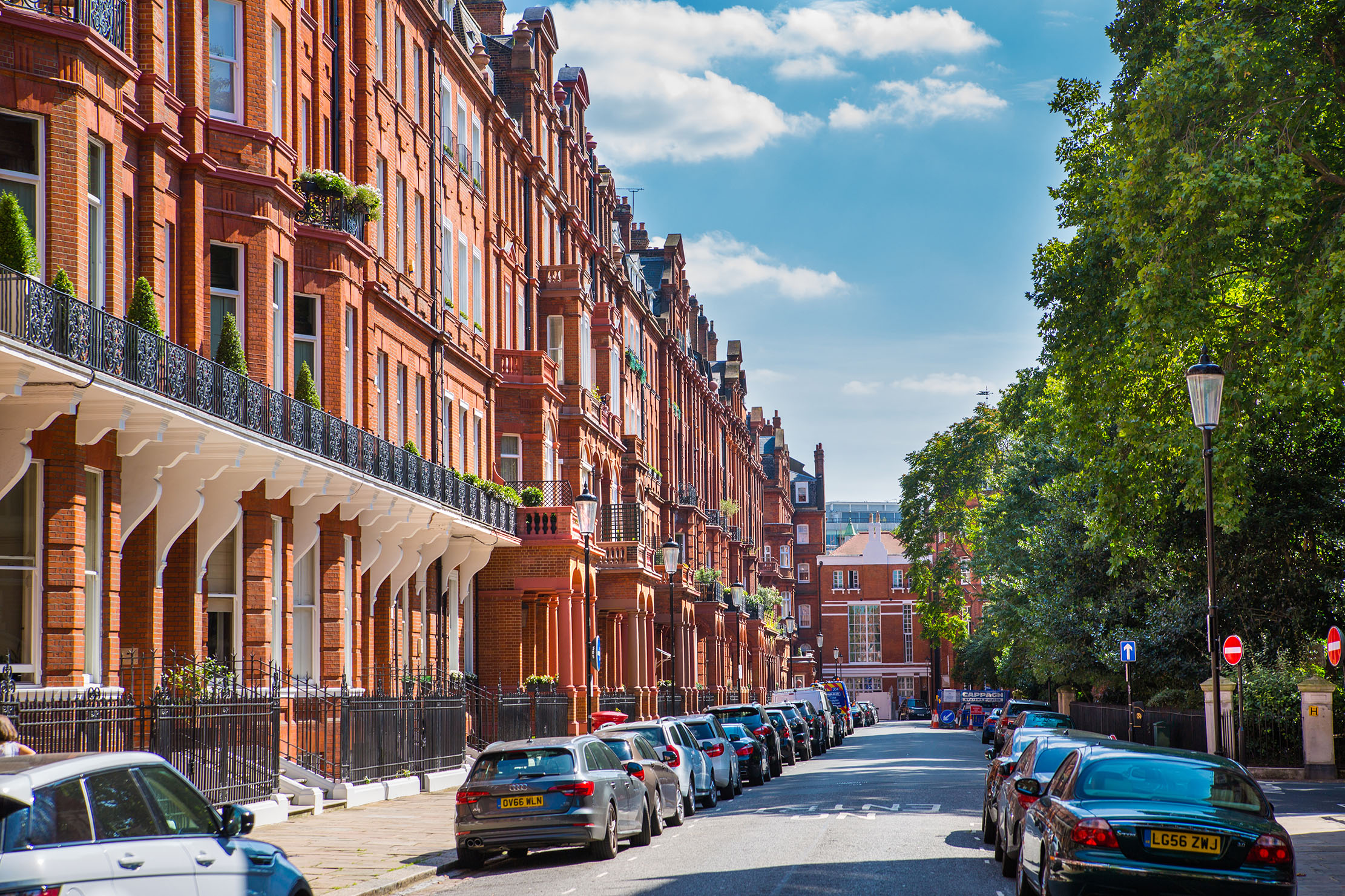

The time could be right to move to one of London’s most iconic addresses
Film, TV and literature may bring fame and fortune to certain areas — but the spotlight doesn’t make them immune to the vagaries of the markets and the geopolitical situation. So while average property values across London have dropped by a modest 1.3% (to £517,726) in the past year, some of the most famed parts of the metropolis have sunk much farther — even pockets of the capital immortalised by the likes of Paddington Bear, Bridget Jones and Sherlock Holmes.
Yopa analysed 20 of London’s most famous neighbourhoods and discovered that average house prices across them have fallen by 7.4% to £1m.
Belgravia, famed for its grand white stucco-fronted buildings, has been hit the worst. Local prices in the area have plummeted by 19.1%, meaning that the average home is now less than £1.1m. Mayfair isn’t faring much better, with values down 16.7% to reach £1.5m.
Knightsbridge follows, with an annual drop of 16.5%. And those beautiful townhouses in Marylebone, Chelsea and South Kensington have also seen their values decline by 15.9%, 15.2% and 11.5% respectively. While it may not be good news for those who bought a year or two ago, for those looking to make a move this could be the perfect moment.
The price drops aren't universal across the capital's best postcodes, however. Four swish neighbourhoods have seen values have climb: Dulwich, Richmond, Chiswick and Highgate. The eagle-eyed will notice that all are further out and far leafier than even the greenest parts of central London.
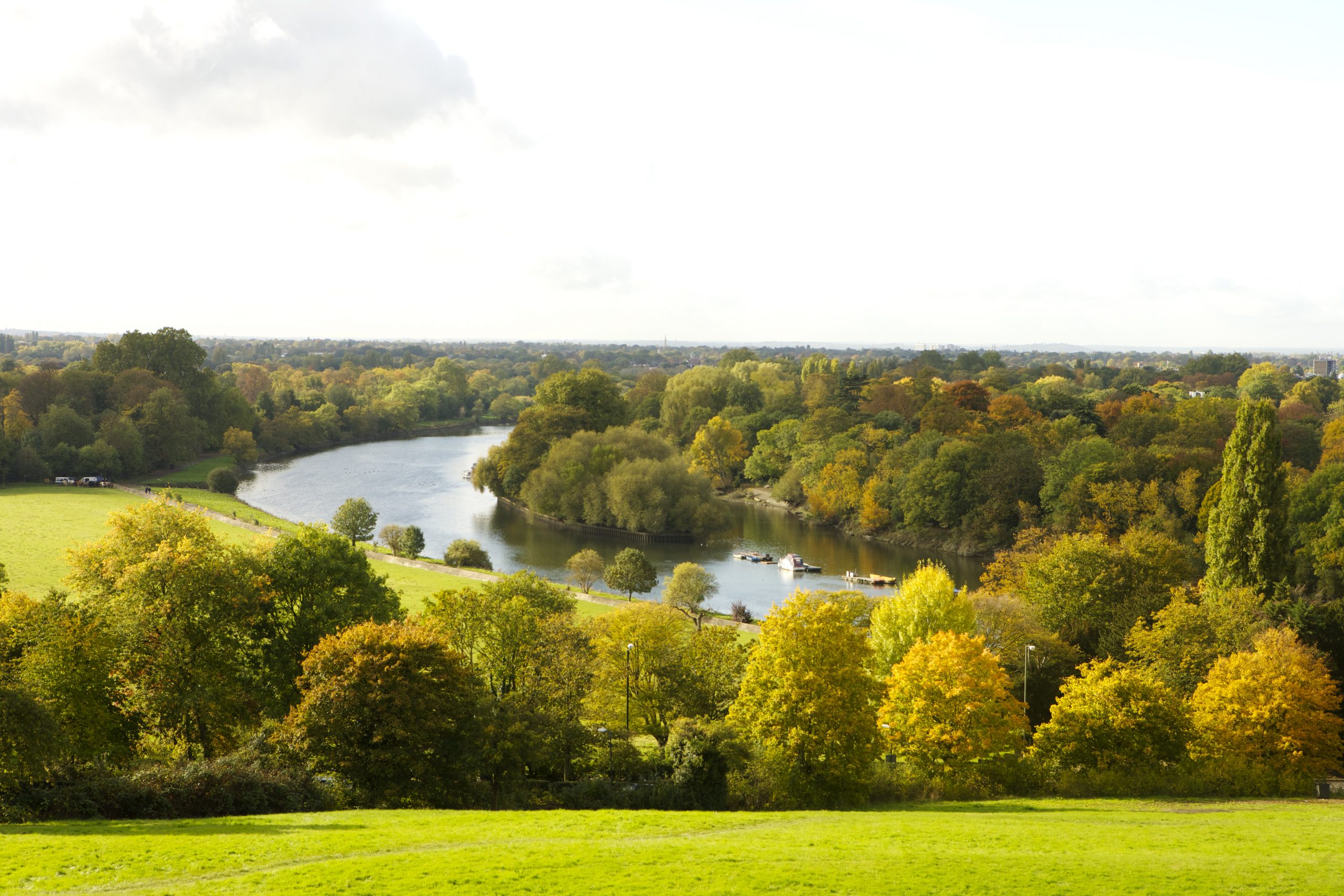
‘The majority of London’s most screen-worthy neighbourhoods are found within the capital’s prime market. With these areas boasting some of the highest house in the land, they have been more susceptible to the market slowdown caused by higher interest rates and lower buyer demand levels, with the recent decline seen in house prices being far more pronounced due to their high property price tags,’ Verona Frankish, CEO of Yopa, told Country Life.
‘It’s also worth noting that London has lost some of its competitive edge as a global financial hub following both Brexit and the impact of the pandemic. This has stifled demand from foreign buyers, many of whom often look to the capital’s most prestigious neighbourhoods when making their move.’
Sign up for the Country Life Newsletter
Exquisite houses, the beauty of Nature, and how to get the most from your life, straight to your inbox.
London’s buyer hotspots revealed
Dulwich has been named London’s number one buyer hotspot so far this year. The average monthly number of buyer enquiries in the south London neighbourhood is up a whopping 153% compared with 2023, according to Foxtons. The area is known as the home of Dulwich College, a top public school. Could this give it the winning edge?
Hampstead ranks second, with 104% more buyer enquiries per month than last year. And Ilford follows, with a 101% increase in buyer appetite.
Kingston (93%), Stoke Newington (89%), Ealing (87%), London Bridge (78%), St John’s Wood (77%), Wapping (73%) and Putney (73%) complete the top 10 buyer hotspots in London.
Foxtons CEO, Guy Gittins, says that ‘such a show of intent so early in the year only bodes well for the coming months as we head into what is traditionally the busiest time of year for market activity’.
He adds (perhaps sensing a good business opportunity): 'So if you are thinking of purchasing in 2024, now is the time to spring into action, as you’ll already be facing a higher degree of competition from other buyers and this competition is only going to intensify.'
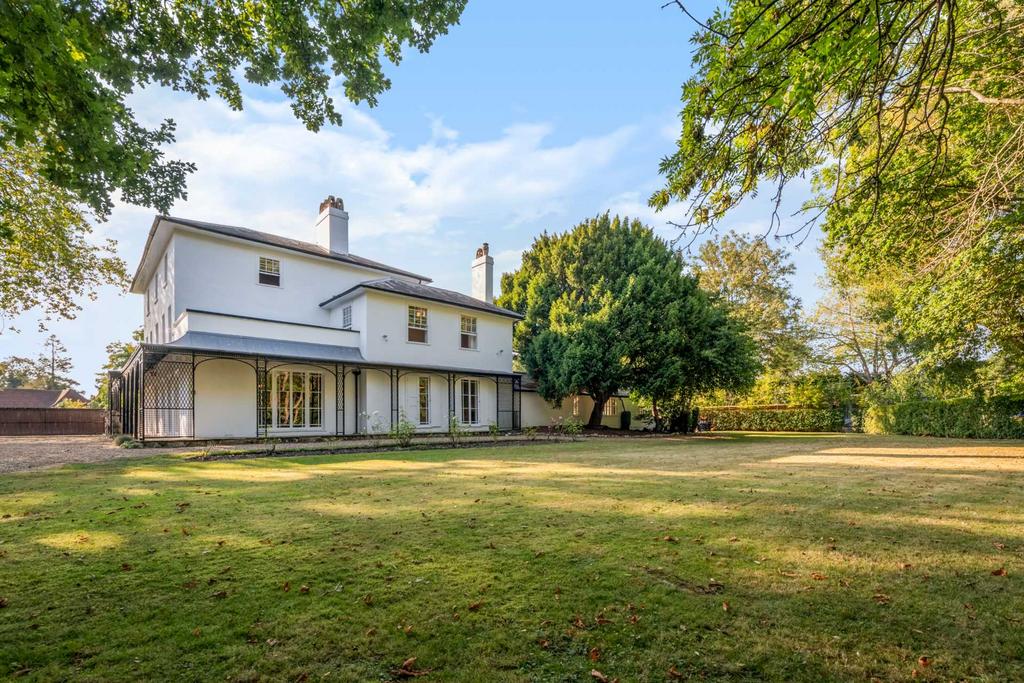
Flats come back into favour
How times have changed! In a reversal of the Covid-led ‘race for space’, average prices for flats have now outstripped other, larger properties, says Halifax.
Average values for flats are up by 2.7% over the last year, while terraced houses climbed by 2.6%. But detached and semi-detached houses trail behind, with prices rising by a more modest 2% and 1.7% respectively.
This trend has been fuelled by affordability constraints and resilient first-time buyers. According to Halifax, the overall number of people stepping onto the housing ladder is lower than recent years. Yet first-time buyers snapped up 53% of all homes bought with a mortgage in 2023, the highest proportion since 1995.
Unsurprisingly, they’re eyeing smaller properties. In fact, 57% of all homes bought by first-time buyers last year were flats and terraced houses.
Sales rebound as housing market warms up
Housing market momentum appears to be building, with the number of sales being agreed up 12% compared with this time in 2023. Zoopla now expects 100,000 more people to move home in 2024 than last year.
Still, annual mortgage repayments for a typical buyer are a staggering 61% higher than three years ago, acting as a drag on house price growth. UK property values have dropped by 0.2% in the last year, reveals the property portal.
Executive director, Richard Donnell, says: ‘The rebound in sales being agreed continues for a fourth month as mortgage rates have fallen, consumer confidence improves and home buyers have much greater choice of homes for sale.’
Monthly house prices fall (again)
UK house prices dropped by 0.4% in April, following a 0.2% decline in March, according to Nationwide.
Meanwhile the annual rate of house price growth slowed to 0.6%, from 1.6% the previous month, with the slowdown likely a reflection of ongoing affordability pressures, the lender says.
House prices are now around 4% below the all-time highs recorded in summer 2022.
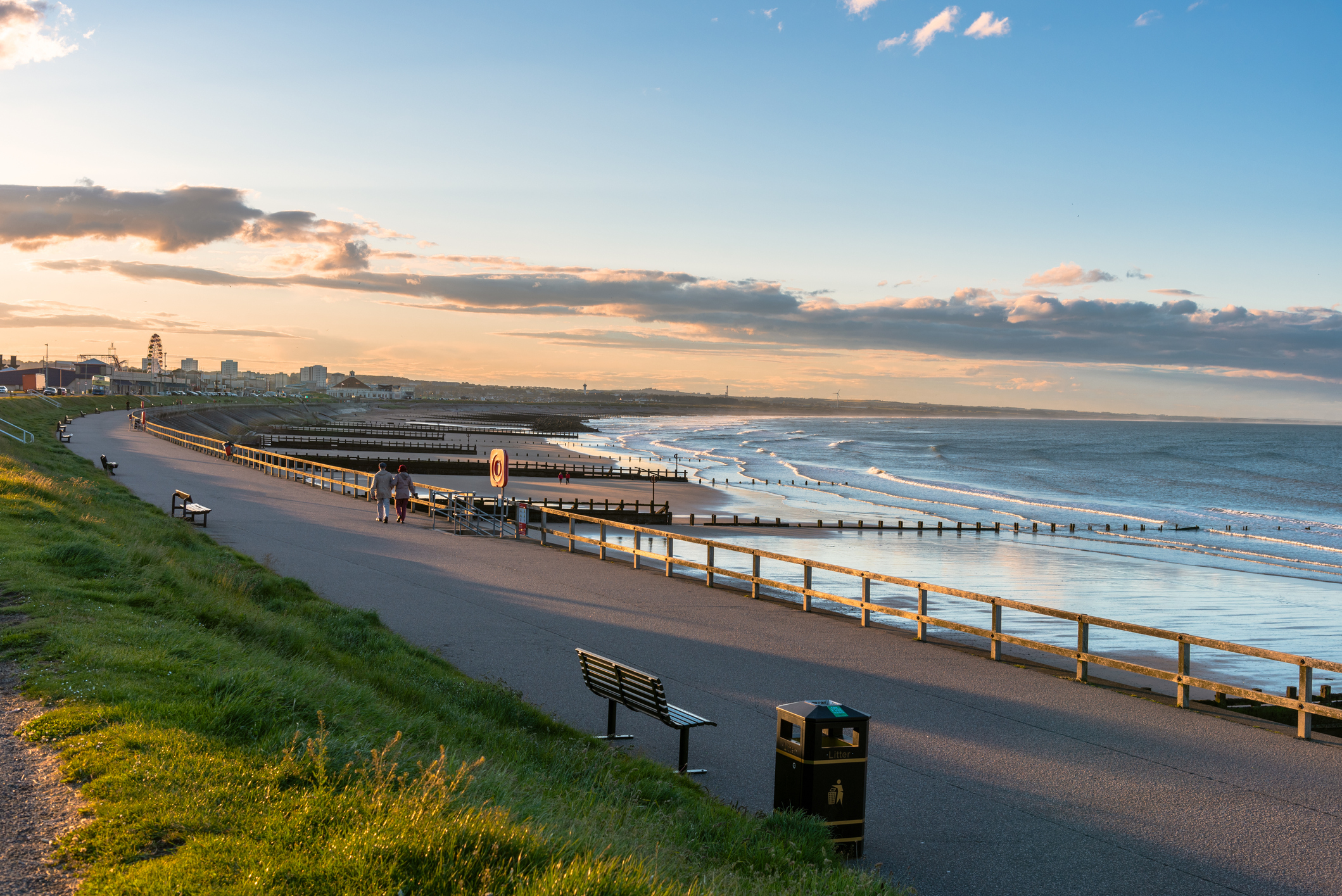
The 10 cheapest cities for first-time buyers, where getting on the housing ladder can still be done for £100k
Aberdeen tops the 10-strong ranking of the most affordable places for aspiring homeowners. And guess what? They’re all north of
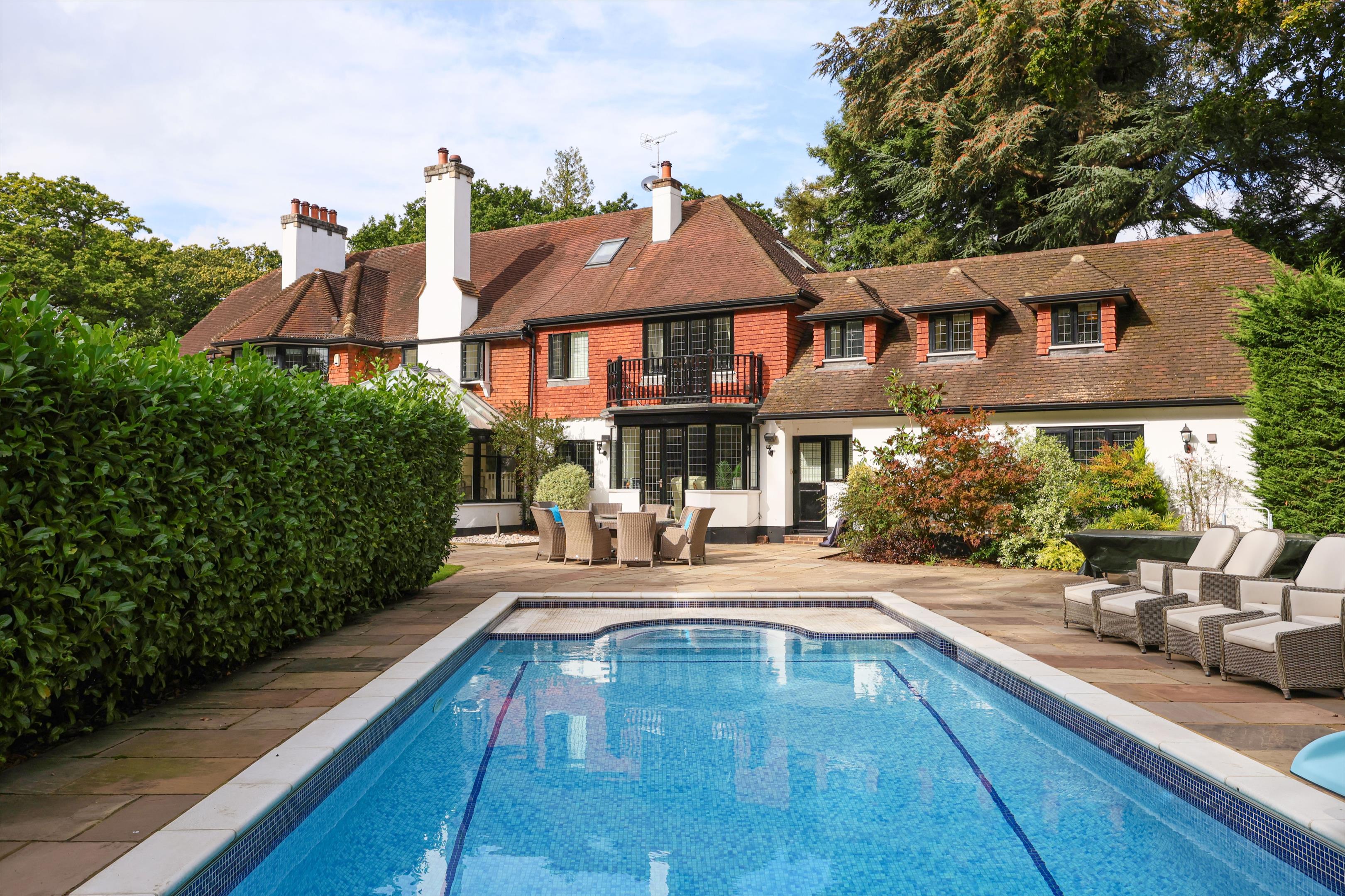
Britain's most expensive street outside London, where homes average £2.6 million — and a bare plot is up for sale at £5.5m
Old Avenue in leafy Weybridge, Surrey, tops the list of the most expensive streets to buy a home outside the
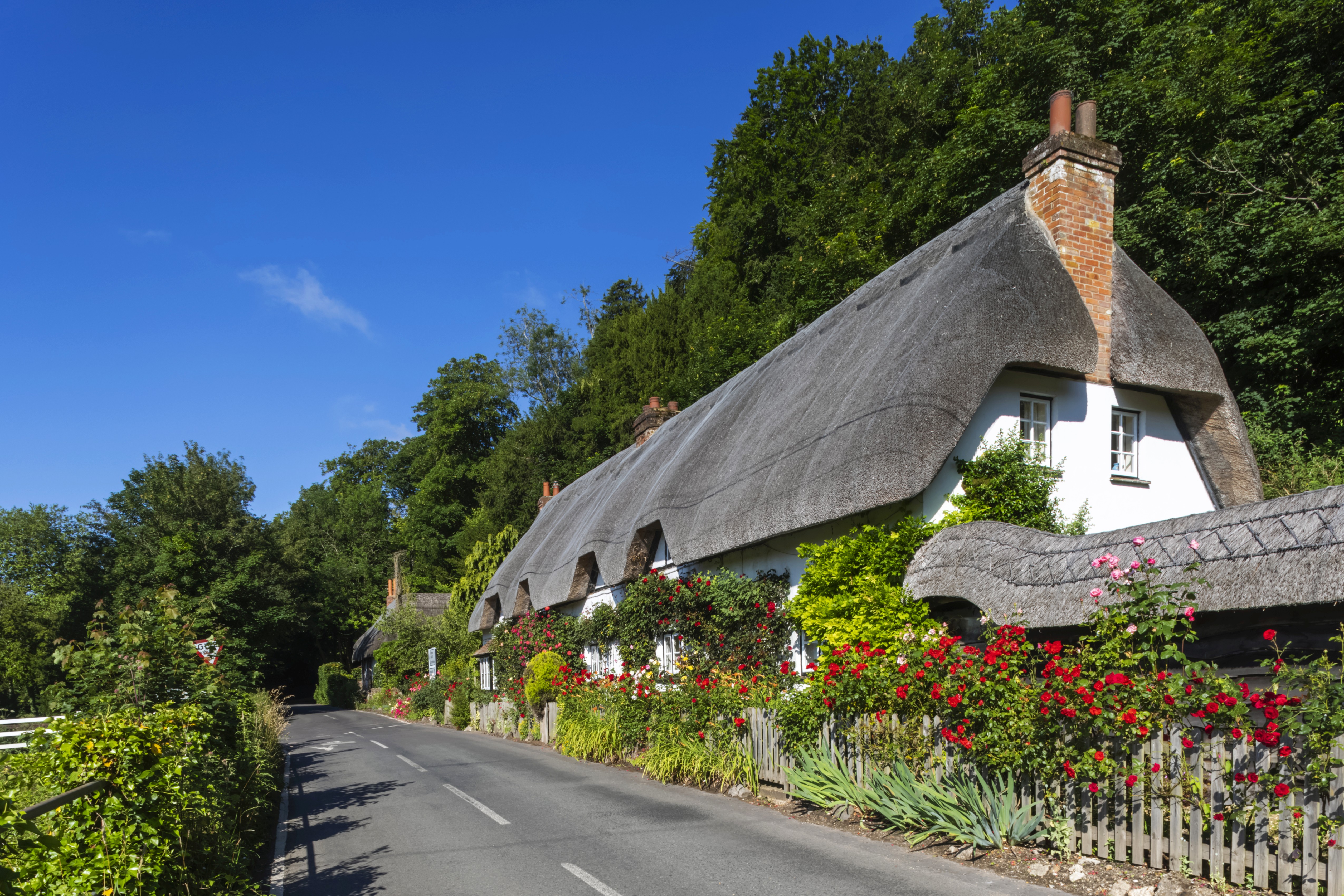
After a quick house sale? Here’s where to look
The fastest-selling housing markets, the Easter spike in homes put up for sale, and the 10 most in-demand areas of
-
 The King's favourite tea, conclave and spring flowers: Country Life Quiz of the Day, April 22, 2025
The King's favourite tea, conclave and spring flowers: Country Life Quiz of the Day, April 22, 2025Tuesday's Quiz of the Day blows smoke, tells the time and more.
By Toby Keel Published
-
 London is the place for me* (*the discerning property buyer)
London is the place for me* (*the discerning property buyer)With more buyers looking at London than anywhere else, is the 'race for space' finally over?
By Annabel Dixon Last updated
-
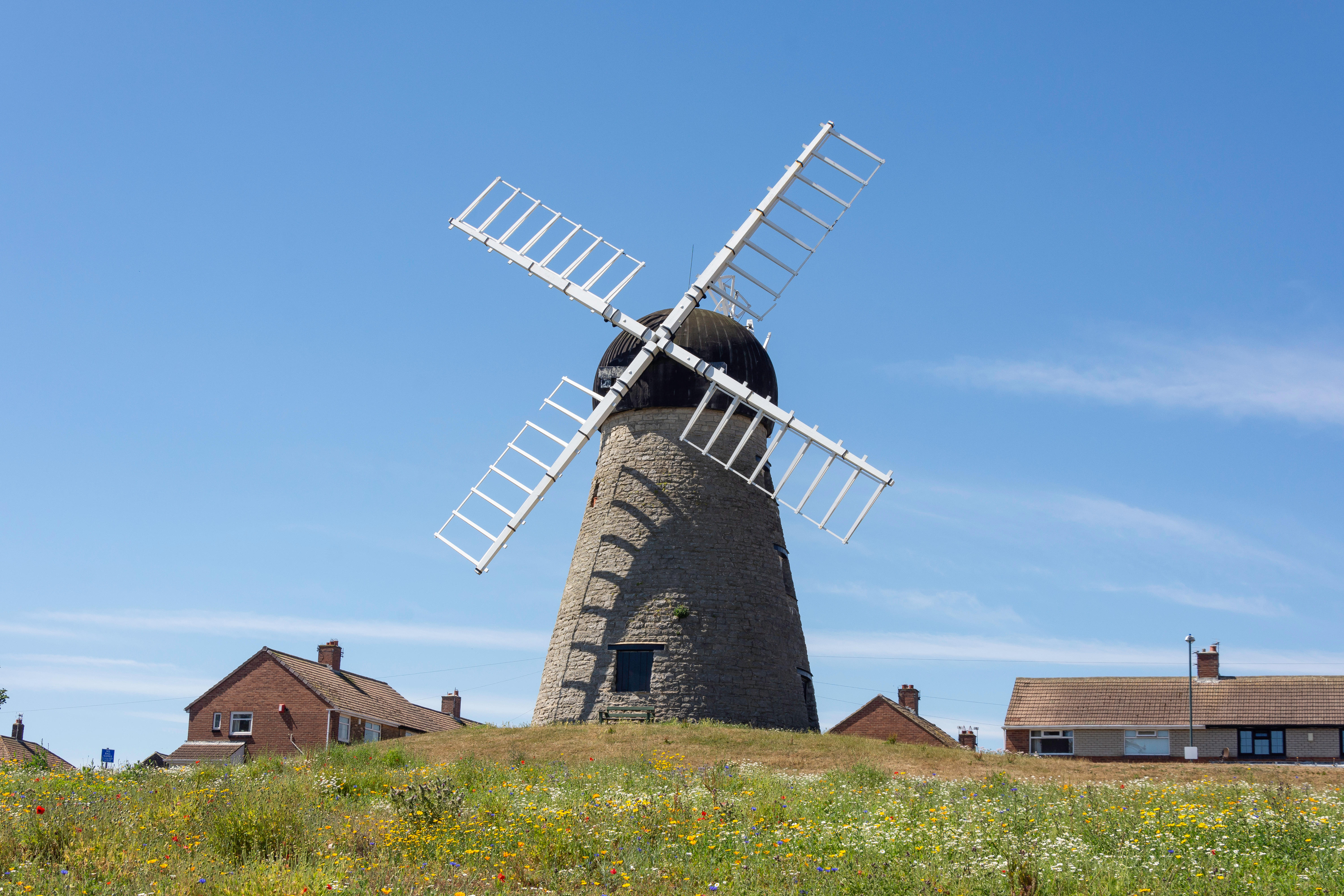 The 'best places to live' ranking that lists all 1,447 towns, cities and large villages in England and Wales — who is this year's winner?
The 'best places to live' ranking that lists all 1,447 towns, cities and large villages in England and Wales — who is this year's winner?Redbourn has been named the best place to live in the country.
By Annabel Dixon Published
-
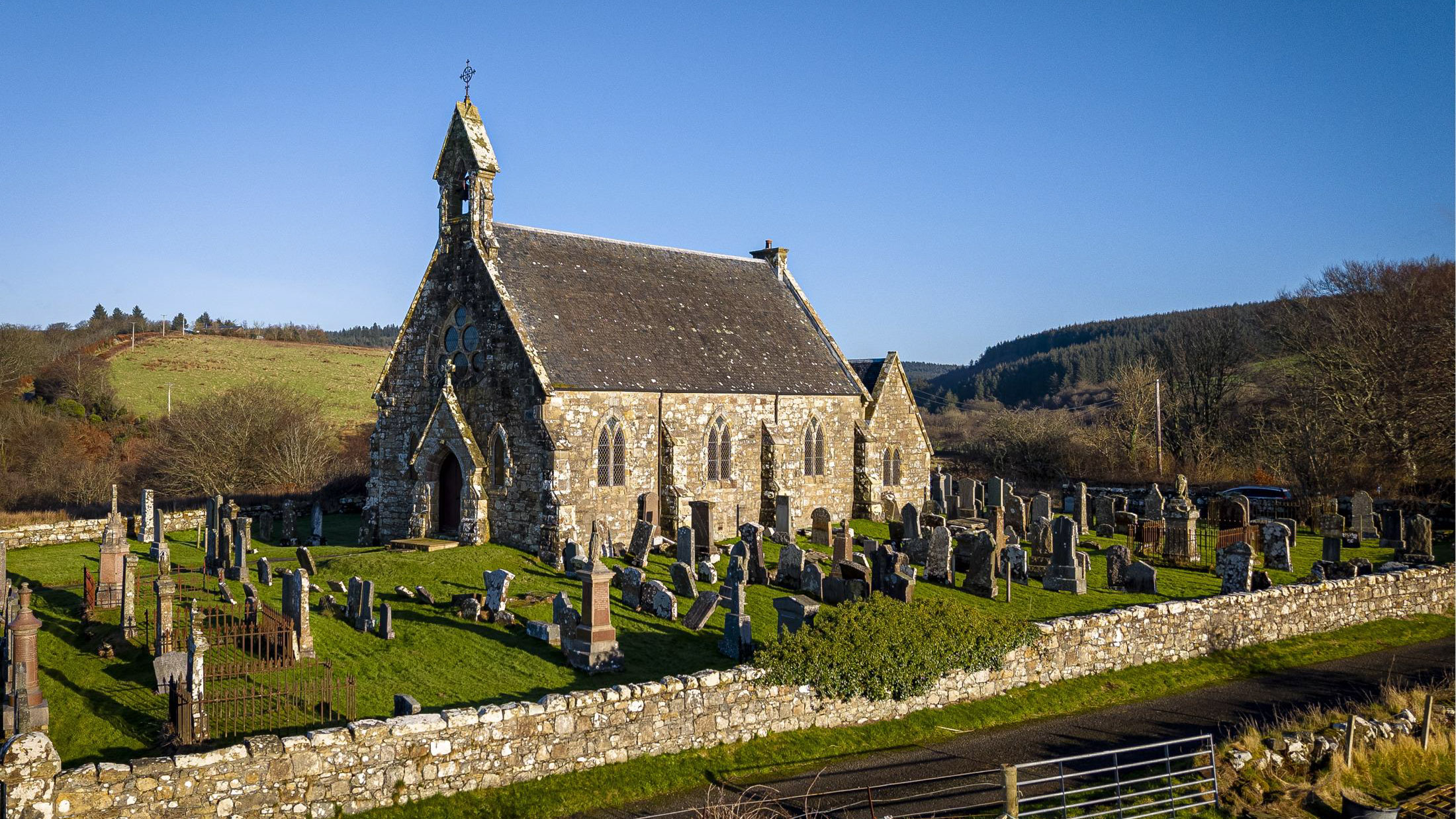 Some of Scotland's most beautiful churches are being sold off for as little as £40,000 — but a word of warning before you take the plunge
Some of Scotland's most beautiful churches are being sold off for as little as £40,000 — but a word of warning before you take the plungeLucy Denton examines how best to help former church buildings thrive as times move on and property changes hands.
By Lucy Denton Published
-
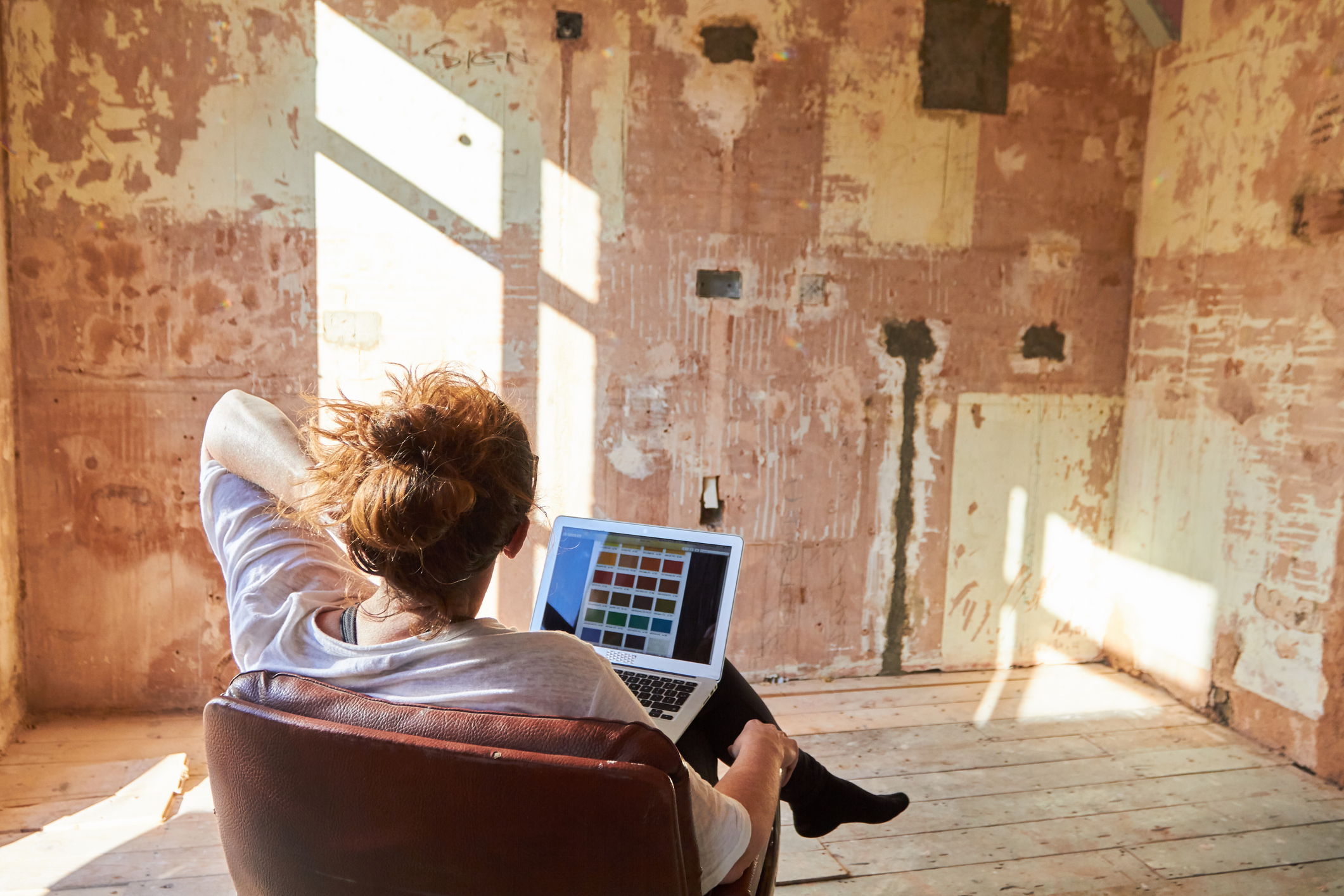 Two-thirds of us buy a house and immediately set about refurbishing it
Two-thirds of us buy a house and immediately set about refurbishing itWe spend more buying our houses than on anything else in our lives — yet the first thing we do on moving in is set about changing the place. Annabel Dixon takes a look at what we do and why.
By Annabel Dixon Published
-
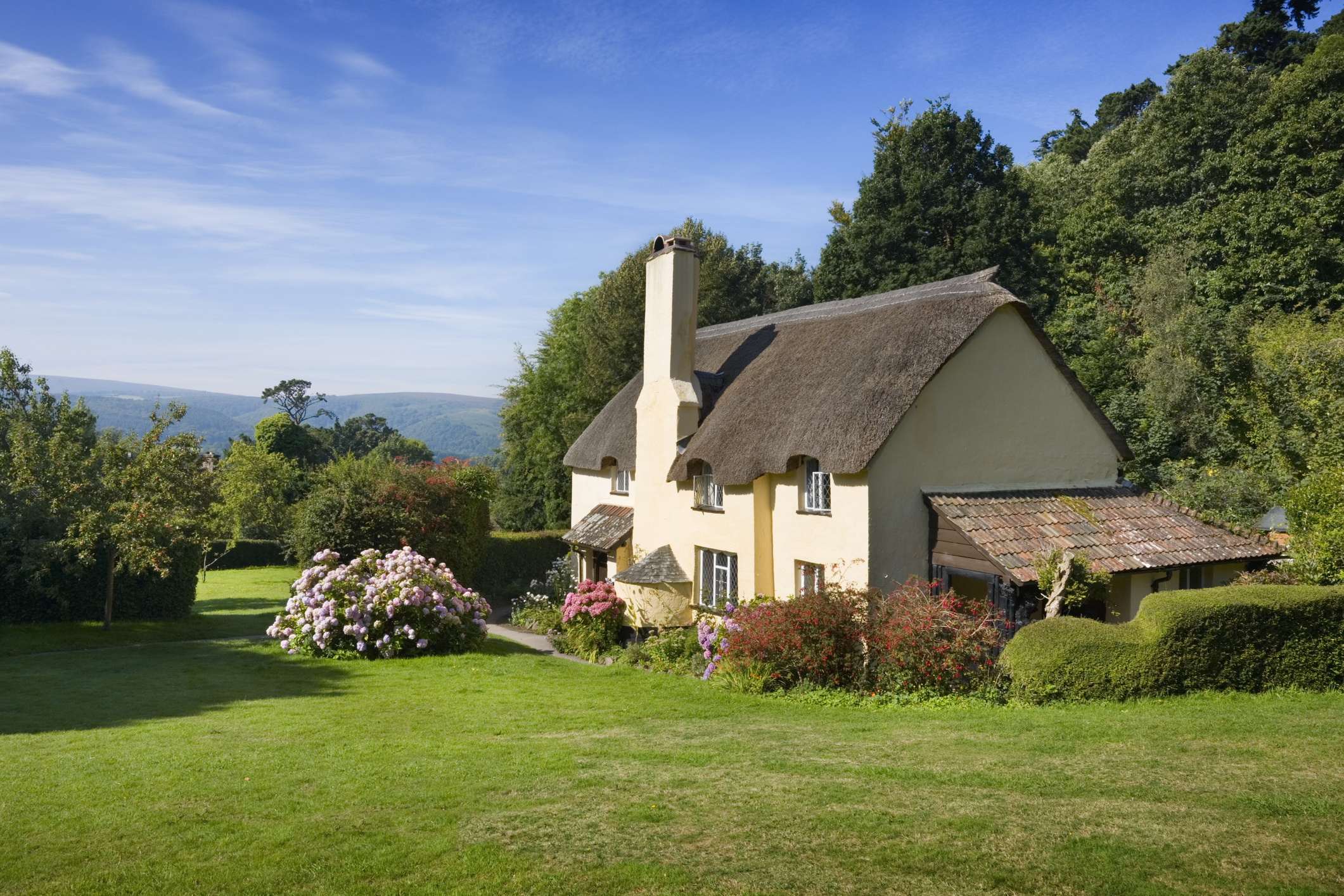 The Catch-22 that's clogging up the housing market? The over-50s sitting in half-empty houses while young families struggle to find homes that are big enough
The Catch-22 that's clogging up the housing market? The over-50s sitting in half-empty houses while young families struggle to find homes that are big enoughWhile the vast majority of empty nesters living in larger properties don’t intend to downsize, upsizers are struggling to climb up the housing ladder, says Regency Living.
By Annabel Dixon Published
-
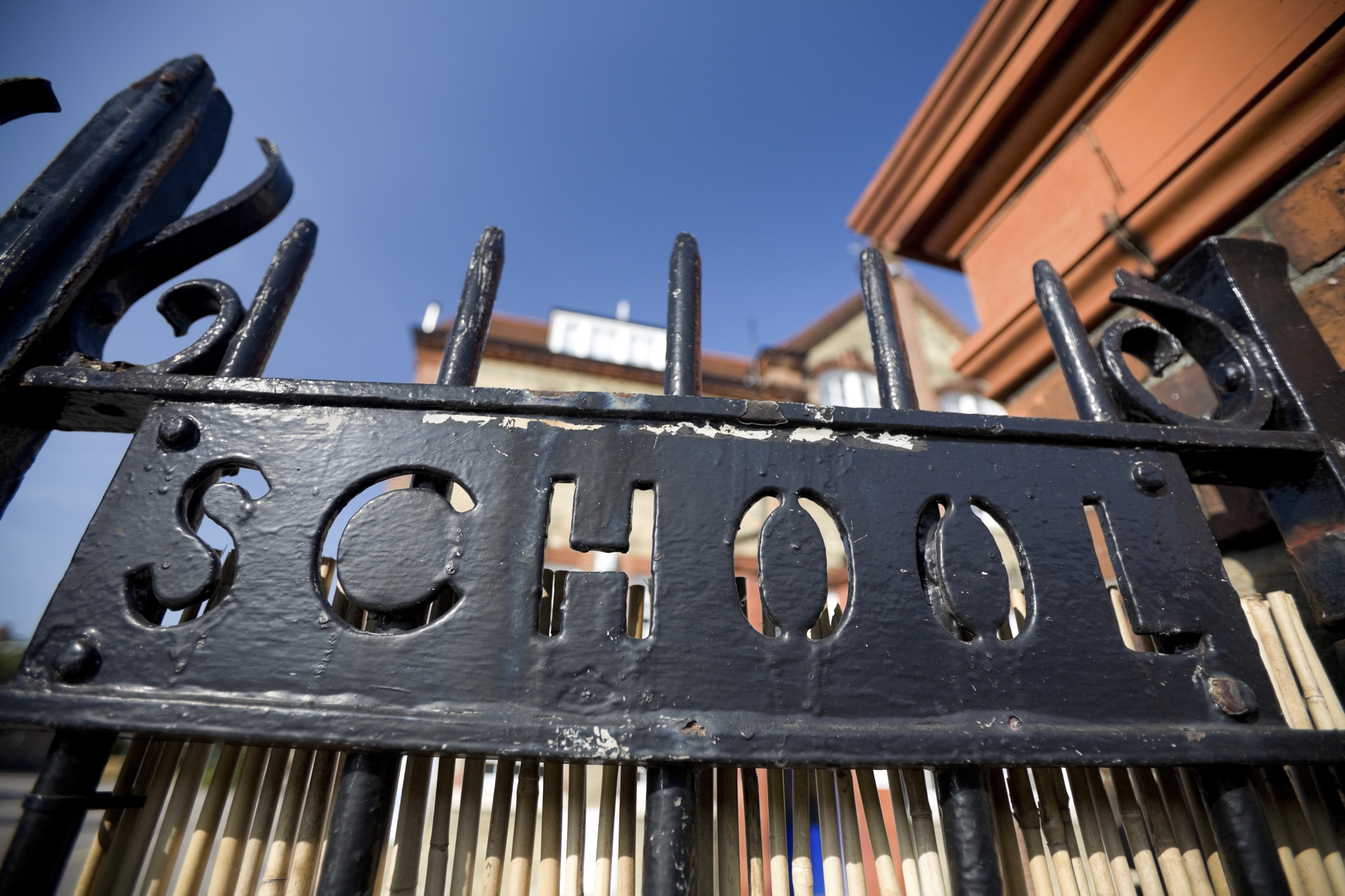 More than a quarter of parents 'bend rules or even lie' to get their children into the right school
More than a quarter of parents 'bend rules or even lie' to get their children into the right schoolA survey by Zoopla reveals just how far parents are prepared to go to get their child into a top school. So, what would you do?
By Annabel Dixon Published
-
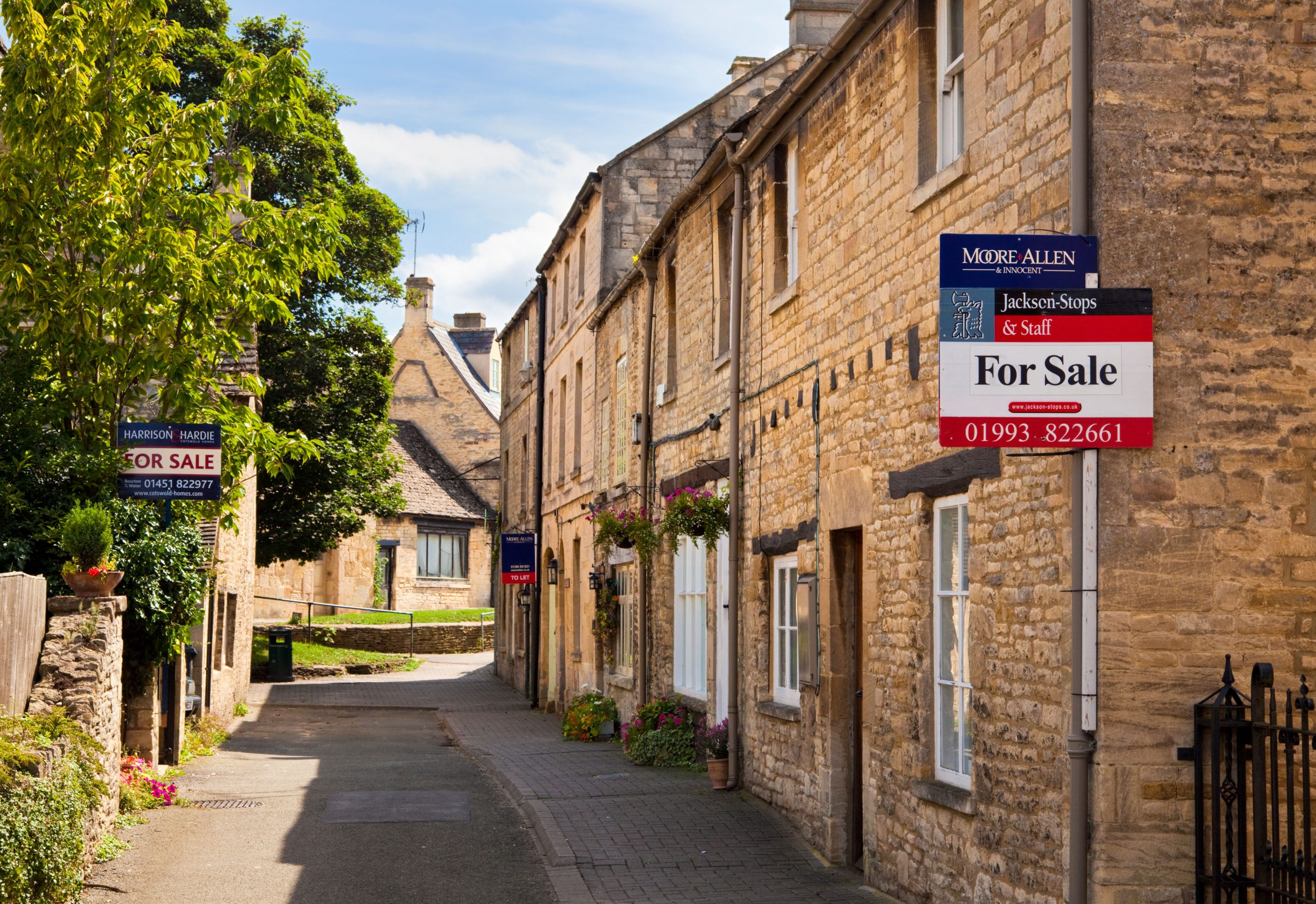 More than a quarter of property sales collapsed in 2024. Here's why.
More than a quarter of property sales collapsed in 2024. Here's why.The most common reason for sales falling through last year? Buyers pulling out or failing to renegotiate the purchase price following a property survey.
By Annabel Dixon Published
-
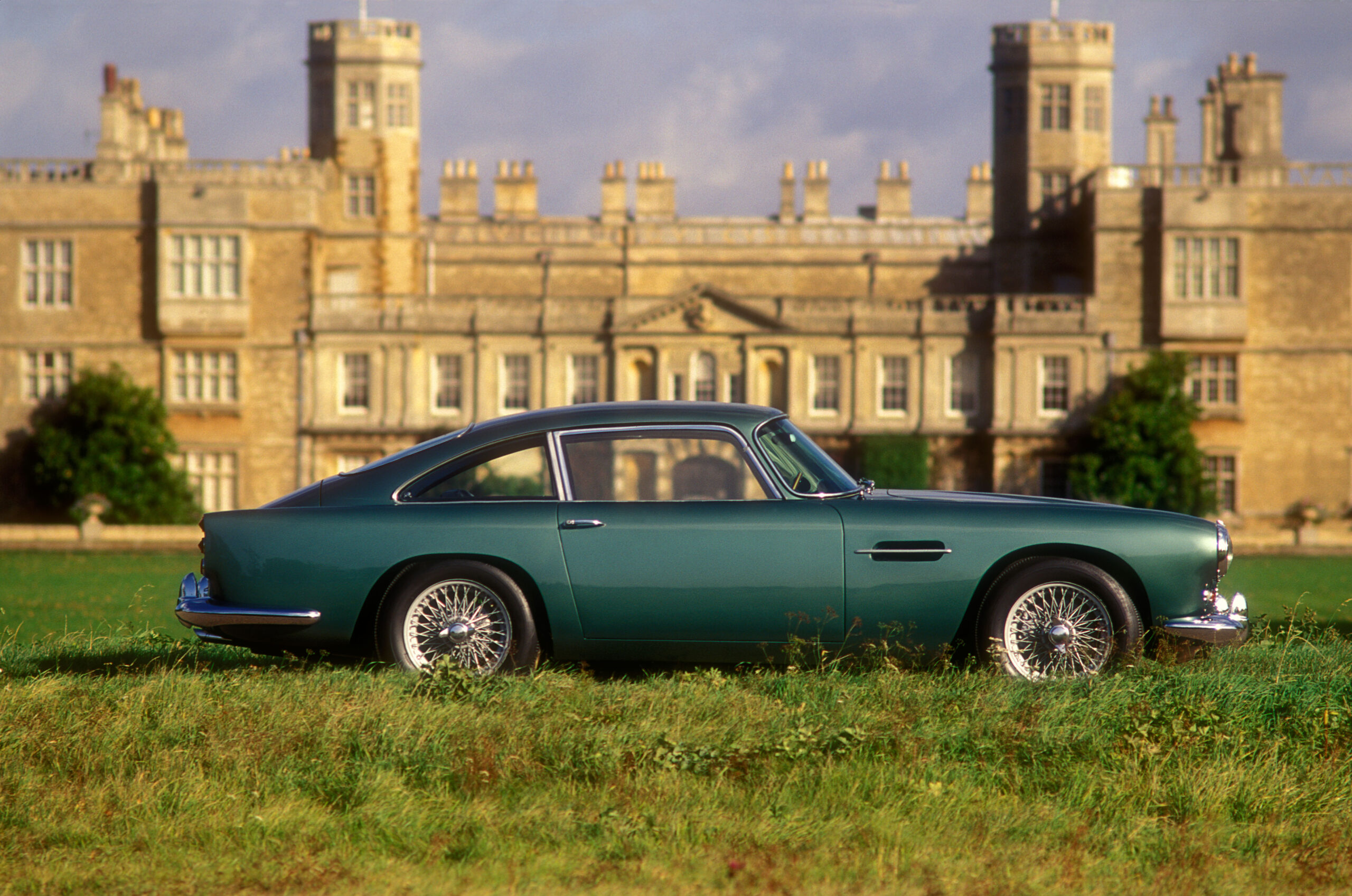 'Like living in an episode of Top Gear': The beautiful rural spots where people use McLarens and Ferraris to pop down to the shops
'Like living in an episode of Top Gear': The beautiful rural spots where people use McLarens and Ferraris to pop down to the shopsUsing exclusive data compiled by Savills, Anna White takes us through the rural districts where you'll find the most supercars, and reveals the extreme lengths owners will go to look after them.
By Anna White Published
-
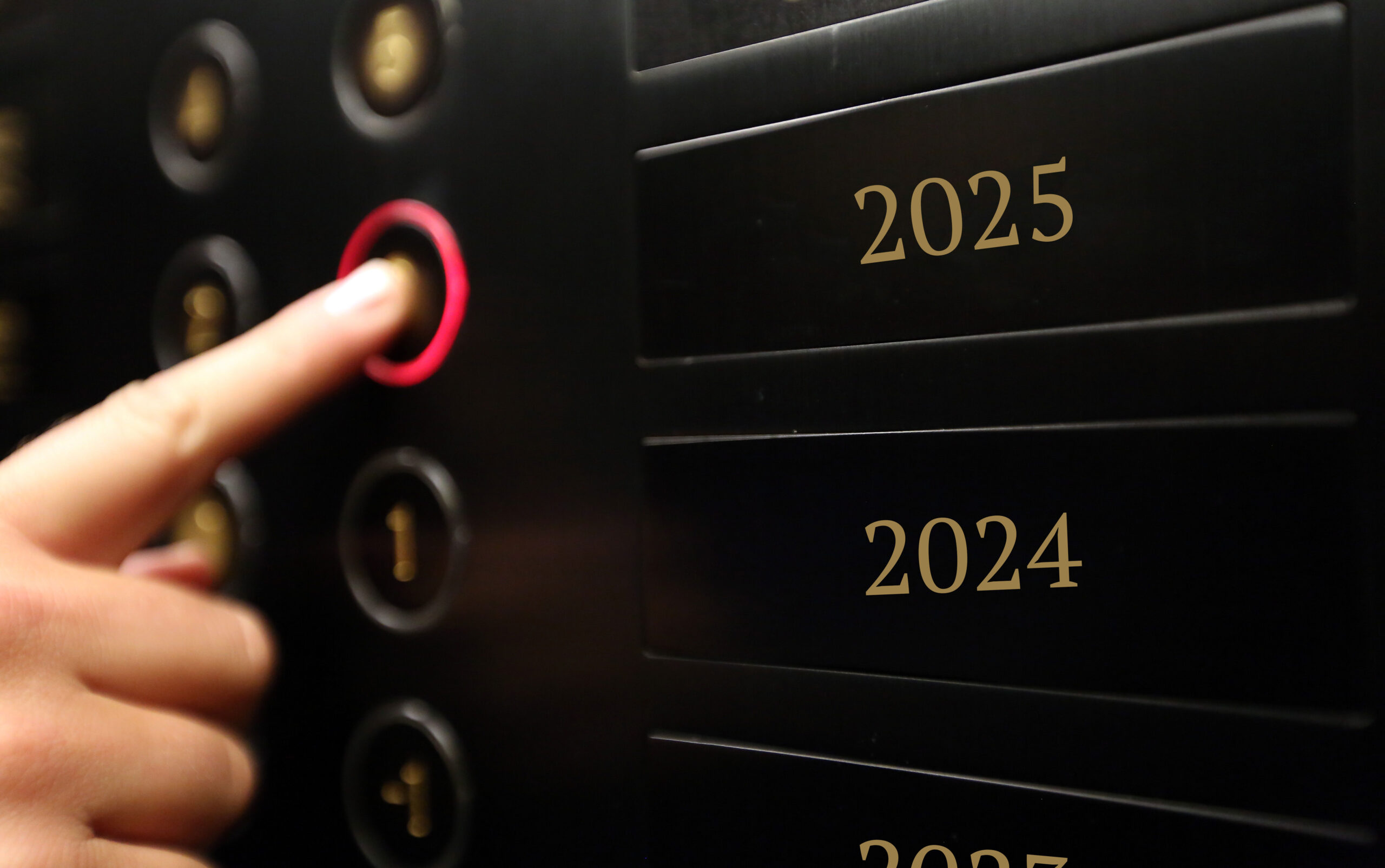 Going up? The property market's top experts on what will happen to house prices in 2025
Going up? The property market's top experts on what will happen to house prices in 2025After a jam-packed year, could a brighter and more stable housing market be around the corner? Here’s our round-up of house price predictions from those in the know.
By Annabel Dixon Published
